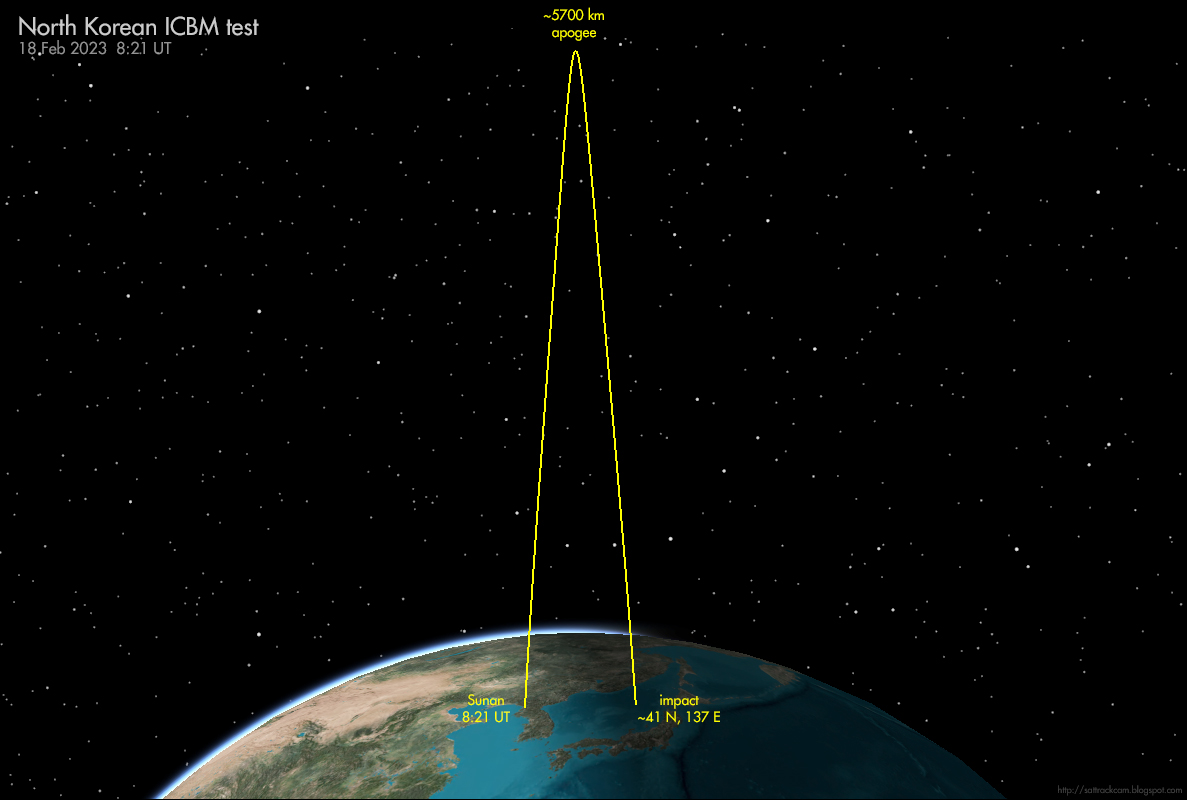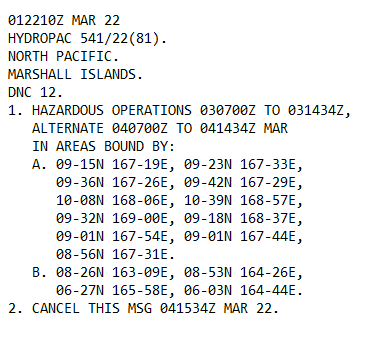1/3
Volgens mij is Nederland grotendeels bewolkt vanavond. Wat betreft #HTV9: die heeft waarschijnlijk een hele serie manoeuvres gemaakt vandaag en ik vermoed dat ze niet zo héél ver van het ISS af zit nu - denk in termen van binnen 10 minuten ervoor of erna.
Volgens mij is Nederland grotendeels bewolkt vanavond. Wat betreft #HTV9: die heeft waarschijnlijk een hele serie manoeuvres gemaakt vandaag en ik vermoed dat ze niet zo héél ver van het ISS af zit nu - denk in termen van binnen 10 minuten ervoor of erna.
2/3
Dat is een gok, want: de op dit moment publiek beschikbare baanelementen zijn bijna een dag oud! Er is nog geen enkele baanupdate over vandaag verschenen. Dus heel precies weet ik het niet.
Na vanavond zien we HTV 9 niet meer: morgen om 14:15 NL tijd koppelt ze aan het ISS.
Dat is een gok, want: de op dit moment publiek beschikbare baanelementen zijn bijna een dag oud! Er is nog geen enkele baanupdate over vandaag verschenen. Dus heel precies weet ik het niet.
Na vanavond zien we HTV 9 niet meer: morgen om 14:15 NL tijd koppelt ze aan het ISS.
3/3
Maar niet getreurd: woensdag kunnen we naar de Crew Dragon gaan kijken die óók al naar het ISS wordt gelanceerd: maar dan met twee astronauten aan boord! Ongeveer 23 minuten ná de lancering is ze zichtbaar vanuit NL, rond 22:56 NL tijd (dat is dus WOENSDAG).
Maar niet getreurd: woensdag kunnen we naar de Crew Dragon gaan kijken die óók al naar het ISS wordt gelanceerd: maar dan met twee astronauten aan boord! Ongeveer 23 minuten ná de lancering is ze zichtbaar vanuit NL, rond 22:56 NL tijd (dat is dus WOENSDAG).

• • •
Missing some Tweet in this thread? You can try to
force a refresh













